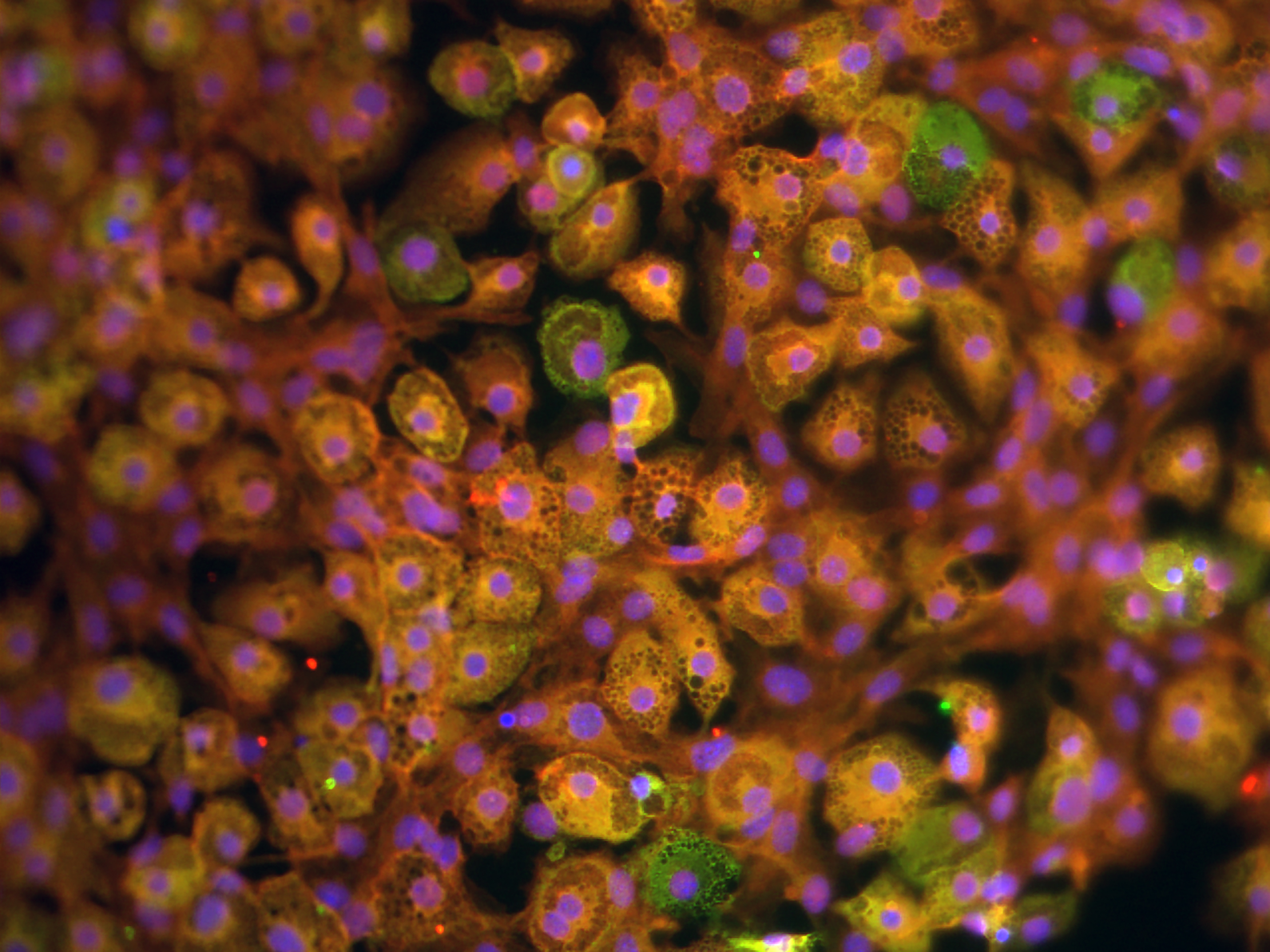News release
From:
Scientific discovery opens door to new obesity treatments
Scientists have made a groundbreaking discovery about human fat cells that paves the way for new personalised treatments to reduce obesity and related conditions, such as diabetes, high blood pressure and raised cholesterol.
The international group, including Professor Rinki Murphy from Waipapa Taumata Rau, University of Auckland, used innovative genetic technology to identify a new type of fat cells that have more complex functions than just storing and releasing energy. See Nature Genetics.
“This study has discovered that, in addition to the 'classical' type of fat (adipocyte) cells, there is a second type of fat cells with other roles, such as regulation of inflammatory processes, helping with immune responses and forming blood vessels," says Murphy.
“What was particularly surprising was that these newly identified fat cells did not arise from the classical fat cells by gaining new functions, but rather these unique fat cells seem to lose their unique functions to become classical fat cells.”
They found fat cells communicate with each other and other cells in different ways, depending on their cell type, with more of the classical type of fat cell being found beneath the skin and more of the new type of fat cell being found in the abdomen.
This communication is important for regulating inflammation and other processes.
Fat cells in the abdomen have long been known to be involved in processes that promote inflammation, whereas subcutaneous fat cells participate in anti-inflammatory processes. Now these functions can be distinguished by the subtypes of the different fat cells rather than simply their location.
In the past 30 years, scientific views of fat tissues and fat cells have transformed, Murphy says.
“In the past, adipose tissue was perceived as a ‘boring’ tissue, whose sole purpose was to store excess energy in the form of fat (triglycerides) and break it down as a readily available energy source for the body.
“Today, we know that adipose tissue produces and secretes hundreds of proteins and other substances into the bloodstream, which regulates a wide variety of processes through intercellular communication within the fat tissue, and with the brain, blood vessels, liver, and pancreas tissues.
“For example, the leptin hormone, produced almost exclusively by fat cells, is a central regulator of appetite, eating, and the rate of energy expenditure, that travels through the bloodstream reaching control centres in the brain.
“The new results suggest that the higher proportion of the unique fat cells compared to classical fat cells that a person has, the more metabolic complications they are likely to have, such as high blood pressure, diabetes, and high cholesterol. This needs to be validated in larger numbers of people of different ages, genders, and ethnicities.”
The next steps are to see whether the proportion of these new types of fat cells can predict response to different obesity treatments, which could guide more precision medicine, Murphy says.
This study is part of an international effort, The Human Cell Atlas Project, to generate a comprehensive map of all types and subtypes of cells that make up the human body, in partnership with many other laboratories around the world and was supported by the Chan-Zuckerberg Initiative through the Human Cell Atlas Project.



 New Zealand; International
New Zealand; International



